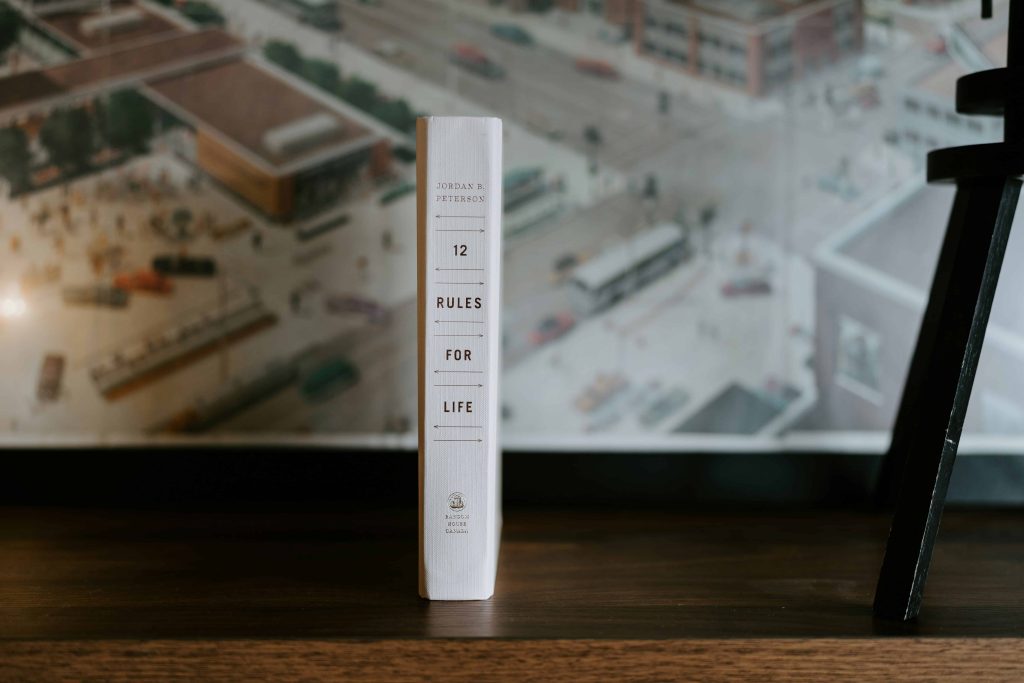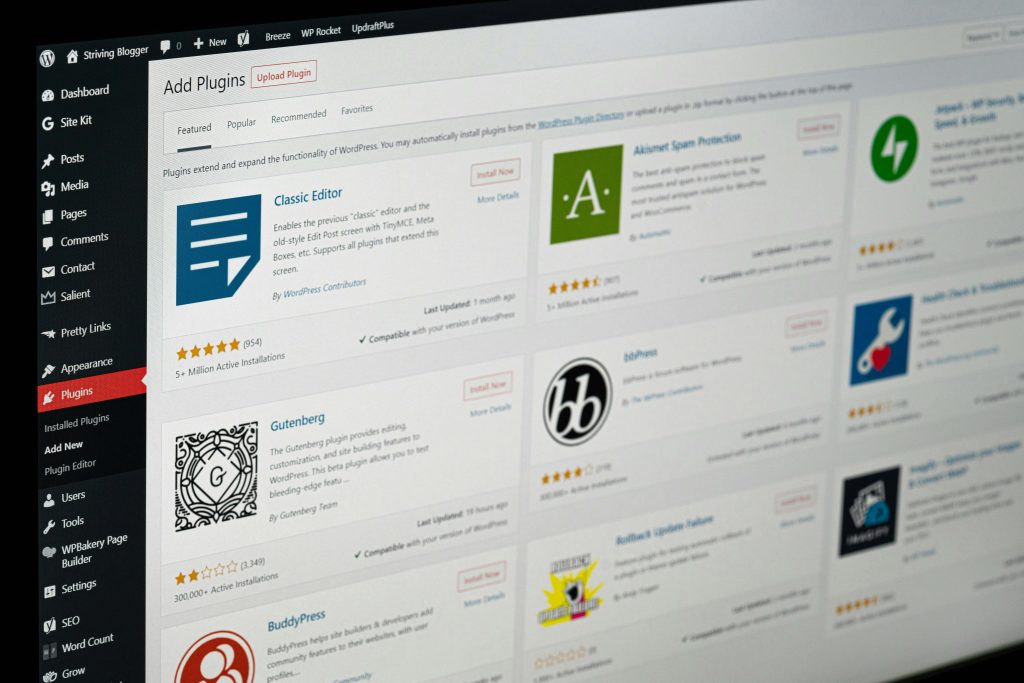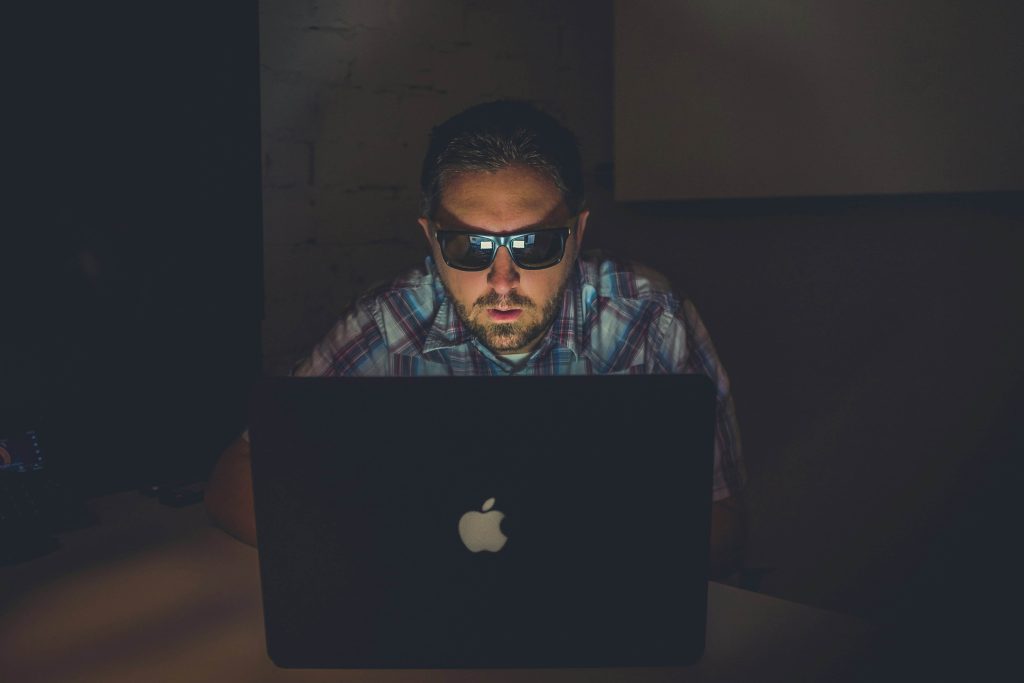
07 Apr Understanding Copyright: What Creators Must Know in 2025
Introduction to Understanding Copyright
Copyright is a legal framework that grants creators of original works exclusive rights to their creations. This applies across a wide spectrum of creative outputs, including literature, music, visual art, films, and digital content. The central aim of copyright is to incentivize the production of creative works by ensuring that creators can control how their work is used and shared. The concept has historical roots in the early 18th century, with the Statute of Anne in 1710 often cited as the first modern copyright law. Since then, copyright legislation has expanded significantly, especially with technological advances in digital media.
What Can Be Copyrighted?
To be eligible for copyright protection, a work must be both original and fixed in a tangible medium of expression. Originality implies that the work is independently created and possesses at least a minimal degree of creativity. Fixation refers to the work being captured in a form that can be seen, heard, or reproduced.
Types of works that qualify for copyright protection include literary works such as novels, poems, journal articles, and computer code. Musical works, which encompass both compositions and lyrics, are also protected. The law further covers dramatic works like plays and scripts, choreographic works, pictorial and sculptural works including photography and paintings, motion pictures and audiovisual works, sound recordings, and architectural designs.
It’s important to understand the distinction between an idea and its expression. Copyright law protects only the specific expression of an idea—not the idea itself. For instance, the concept of a story about space exploration is not protected, but a particular novel that tells such a story with unique characters and plot is.
What Cannot Be Copyrighted?
Several types of content are not eligible for copyright protection. These include ideas, procedures, methods, systems, processes, and principles, regardless of how they are expressed. While creative expressions of these elements may be protected, the functional concepts themselves are not.
Works that are not fixed in a tangible form—such as an improvised speech that is never written or recorded—do not qualify for copyright. Additionally, titles, names, short phrases, slogans, and commonly recognized symbols or designs are excluded from copyright protection.
Factual data, information that is considered common knowledge, and works that fall into the public domain are also not protected. Furthermore, works created by employees of the U.S. federal government as part of their official duties are automatically in the public domain.
Rights of the Copyright Holder
A person or entity that holds a copyright is granted certain exclusive rights over their work. These include the rights to reproduce the work, distribute copies, perform it publicly (in the case of plays or music), display it publicly (for visual art), and create derivative works such as adaptations or translations.
In some jurisdictions, authors may also be granted moral rights. These can include the right to be identified as the author and the right to object to certain modifications that could harm the author’s reputation. These rights vary depending on the country and specific legal framework.
Duration of Copyright
The length of time that a copyright lasts depends on several factors, including when and how the work was created. In general, works created by individuals are protected for the life of the author plus an additional 70 years. This rule applies in many countries that follow international treaties like the Berne Convention.
For works made for hire, as well as anonymous or pseudonymous works, the duration is typically determined based on either the date of creation or publication, with fixed maximum terms. Works created prior to specific historical dates may be governed by different rules that were in place at the time of creation.
Copyright Infringement
Copyright infringement occurs when a protected work is used in ways that violate the exclusive rights of the copyright holder without authorization. This can include activities like unauthorized copying, sharing, or adaptation of the work.
Infringement can take several forms, including direct unauthorized use, as well as secondary forms such as facilitating or benefiting from unauthorized use by others. Each form is assessed based on how the protected elements of the work were used.
The consequences of infringement can vary based on the context and jurisdiction. Measures to address infringement are determined by legal systems and enforcement bodies, often involving disputes over ownership and proper use.
Limitations and Exceptions to Copyright
Although copyright provides creators with strong protections, it also includes built-in limitations to ensure balance with public access and free expression. One of the most recognized limitations in many countries is the concept of fair use or fair dealing. These doctrines allow limited use of copyrighted material under specific circumstances, such as commentary, criticism, education, and research. The determination of what qualifies for such exceptions is based on multiple contextual factors.
Other recognized limitations include the first sale doctrine, which allows the resale or transfer of a legally obtained copy of a work, and exemptions for public performance and display in contexts such as education or religious services. Additionally, libraries and archives may have specific permissions to reproduce and preserve materials for cultural and educational purposes.
International Copyright
Copyright protection extends globally through a network of international treaties. The Berne Convention for the Protection of Literary and Artistic Works ensures that authors from member countries receive protection in other member nations without the need for local registration.
The World Intellectual Property Organization (WIPO) administers several key treaties, including the WIPO Copyright Treaty (WCT) and the WIPO Performances and Phonograms Treaty (WPPT). These agreements address new challenges in digital distribution and online usage of copyrighted materials.
Two key principles in international copyright law are national treatment—where foreign authors are treated the same as local ones—and automatic protection, which ensures that a work is protected in foreign countries as soon as it is created.
Obtaining and Protecting Copyright
Copyright protection begins automatically when a qualifying work is created and fixed in a tangible medium. No formal registration is required for the rights to exist, although national laws may provide systems for registering works as a way to establish public record and aid in enforcement.
While not mandatory, placing a copyright notice on a work can serve as a visible indicator of ownership. A standard notice typically includes the © symbol, the year of publication, and the name of the rights holder. This helps to inform the public that the work is protected under copyright law.
Creators also have the option to license or assign their rights to others, which allows for lawful use or redistribution. These agreements are often documented in writing and may specify the terms under which the work can be used.
CONCLUSION
Copyright is a vital legal mechanism that supports the creative economy by safeguarding the rights of creators. It ensures that authors, artists, and other innovators can benefit from their work while also making space for educational use, research, and public access through well-defined limitations. In an age of rapid digital dissemination and global content sharing, understanding the basic principles of copyright helps individuals and organizations navigate the complex world of intellectual property with greater awareness and respect for creative ownership.
KEY TAKEAWAYS
- What Copyright Protects: Copyright gives creators exclusive rights to original works that are fixed in a tangible form—like books, music, films, software, and art. It protects the expression of ideas, not the ideas themselves.
- What Isn’t Covered: Ideas, methods, processes, short phrases, government works, and public domain content are not eligible for copyright protection.
- Rights of Creators: Copyright holders can control how their work is used—reproduced, distributed, performed, displayed, or adapted. Some countries also grant moral rights like attribution and protection against misuse.
- How Long It Lasts: Most copyrights last for the creator’s lifetime plus 70 years. Works made for hire or anonymous works have different terms based on creation or publication dates.
- Infringement and Exceptions: Using copyrighted material without permission can lead to legal action. However, exceptions like fair use, educational use, and library archiving allow limited, lawful use.
- Global and Legal Support: International treaties like the Berne Convention ensure automatic global protection. Registering a work or adding a copyright notice strengthens legal standing.
- Licensing Options: Creators can license or transfer rights to others through written agreements, allowing others to use or distribute their work under defined terms.
FAQ
Do I need to register my work to have copyright protection in 2025?
No. Copyright protection is automatic once your original work is fixed in a tangible medium. However, registration can provide legal advantages—such as public record of ownership and eligibility for statutory damages—in the event of infringement or legal disputes.
Can I use copyrighted material if I give credit to the creator?
Giving credit does not automatically make unauthorized use legal. Unless the usage falls under a legal exception like fair use, or you have explicit permission or a license, using someone else’s copyrighted work—even with attribution—can still be considered copyright infringement.
What is considered “fair use,” and how is it determined?
Fair use allows limited use of copyrighted works without permission for purposes like commentary, education, or research. It’s evaluated case-by-case, considering factors like purpose, nature of the work, amount used, and market impact. Not all educational or nonprofit use automatically qualifies as fair use.
Are you torn between the nostalgic charm of print books and the sleek convenience of digital formats? Understanding the true pros and cons of print books can help you make a more informed choice. From the sensory pleasure of flipping through pages to the practical challenges of storage and portability, this article dives into everything you need to know about embracing or reconsidering print in your reading habits.



